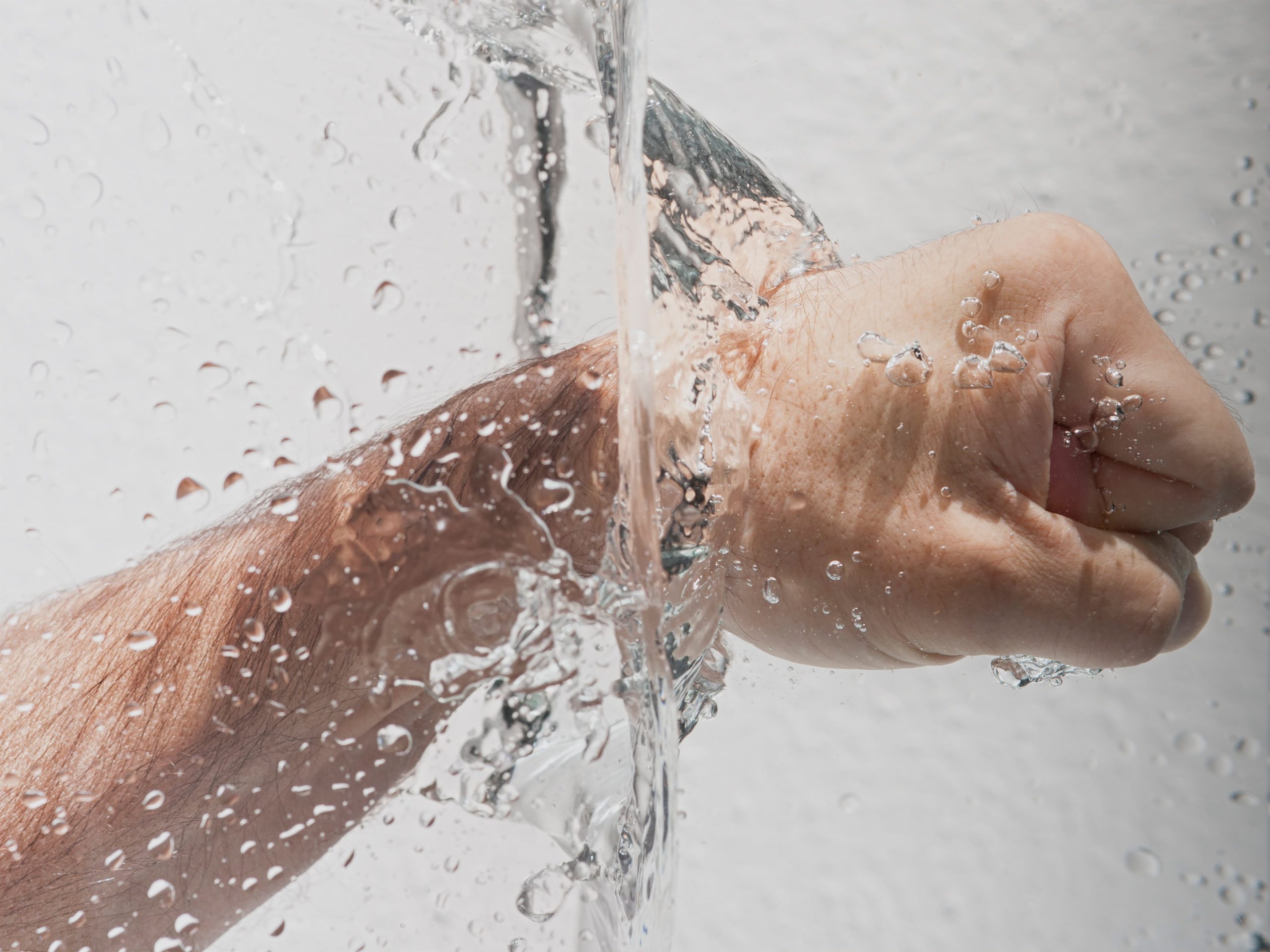Water is an exceptionally versatile resource that is essential to practically every part of humanity, from power production to agriculture. It’s significance for the continuation of life on Earth cannot be emphasized. Water is a crucial element in many metabolic processes and is necessary for the body to function properly.
Long distances are covered by water transportation, which involves moving people, products or anything else that can be transported by water. This is done on boats, barges, ships and sailboats. This method of transportation is regarded as the least expensive one. According to the Eurostats, 524 million tonnes of products were moved over inland waterways in Europe in 2021. Water is often used as a tool to make living simpler because it is easily used to transport heavy and bulk cargoes, as an example to transport vehicles from Japan to Mauritius, according to the United Nations COMTRADE database on international trade, Mauritius imported motor vehicles and vehicles for transporting people worth US$ 69.67 million in 2022.
Also, water is crucial to the industry as well. Water is employed in numerous manufacturing procedures such as those that create paper, textile and chemicals. According to a study by E.S Spang et Al (2014), the annual freshwater consumption of the world’s energy output is projected to be of 52 billion cubic metres. To continue with, a renewable source of energy is hydroelectricity. The most significant and popular renewable source is hydropower. Water, a renewable and clean energy source, is used in hydroelectric power plants. Unlike power plants that use fossil fuels like coal or natural gas, it will not cause air pollution. Hydroelectric power facilities are crucial from a technical standpoint because they can readily switch from low to high production levels. And because they can be employed as back-ups and have a quick reaction time, they are essential as electrical grid stabilizers.
However, water might not be ideal helpful resource as it might pose a danger to human beings or any other living beings. Hypothermia, a condition in which the body drops to dangerous levels, can occur because water can absorb heat from the body considerably more quickly than air. This is particularly risky when the body is drenched and exposed to cold temperatures or when the water is frigid. As an example. Radiologist Anna Elisabeth Bgenholm (born 1970) in Sweden, managed to survive despite spending 80 minutes under- in ice during a skiing accident in 1999, she had suffered from severe hypothermia during this period.
Moreover, water can be dangerous during natural disasters liked floods, storms and tsunamis. These occurrences can result in abrupt and unpredicted fluctuations in water levels, currents and waves, which can put people and the poor at considerable risk. Whereby a flash flood took place in Mauritius on the 30th of march 2013 causing the death of 11 people. Somehow water can be contaminated if it is not treated properly as it may contain harmful bacteria, viruses or parasites that can cause waterborne illness such as cholera, endangering human lives.
Overall, even though water is necessary for all living things, it is crucial to always take the right measures when near water to minimize any potential danger.





